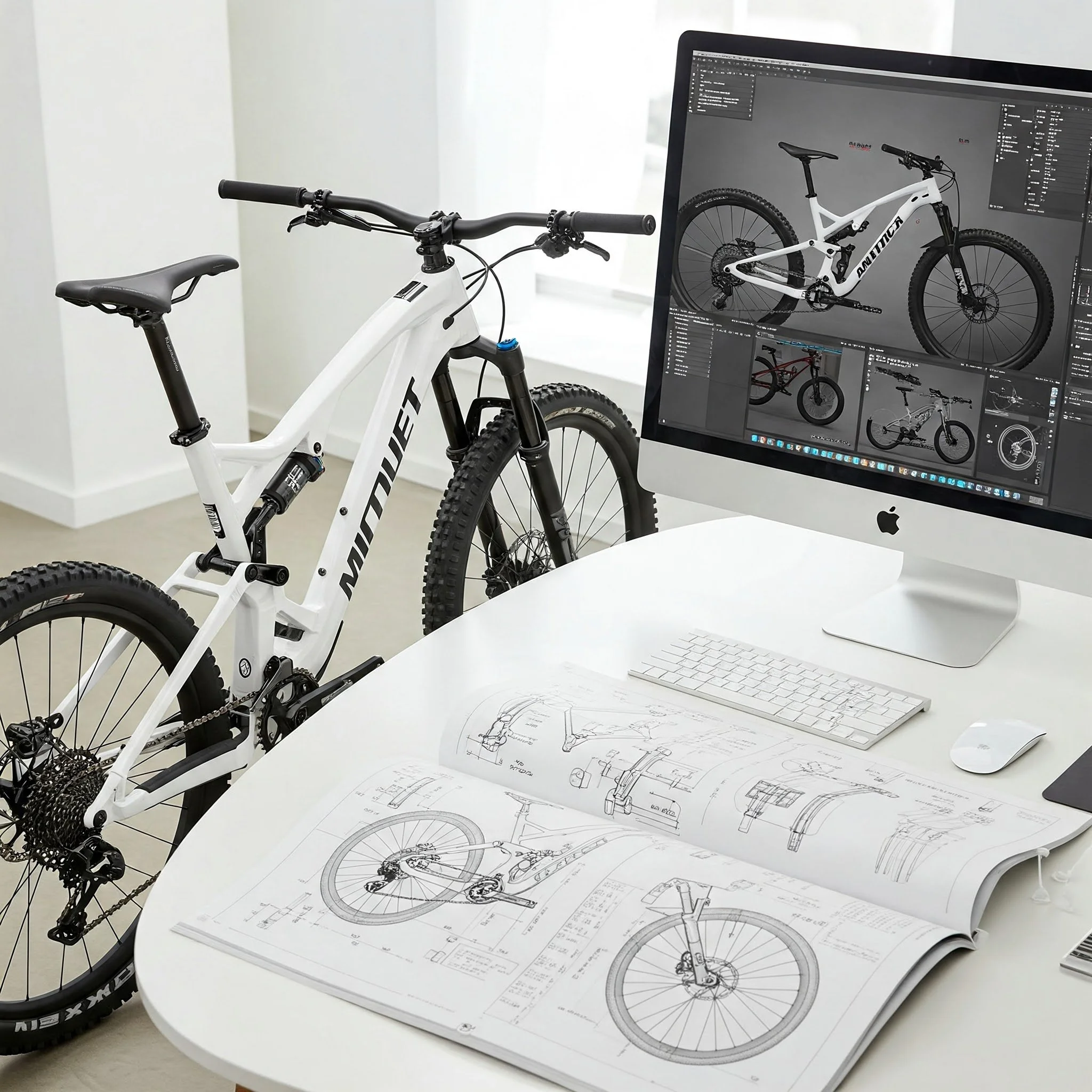Stop Guessing, Start Asking: How to Gather Customer Feedback That Drives Design Decisions
Product Design
You're asking your customers for feedback – that's a crucial first step. But are you asking the right questions to truly understand their needs and drive meaningful product improvements? Generic feedback like "It's good" or "I like it" is nice to hear, but it doesn't provide the actionable insights you need to take your product to the next level.
To truly leverage the power of customer feedback, you need to be strategic and focus on specific areas that directly inform your product design decisions. Here are four key areas to probe:
1. Product Functionality: What Problems Are You Solving?
Go beyond surface-level satisfaction and dig into the core reasons why customers use your product.
Ask:
"What are the main reasons you use our product?"
"What specific tasks or goals does our product help you accomplish?"
"Are there any features that are missing or that you find difficult to use?"
"If you could add one feature, what would it be and why?"
Why it matters: Understanding the core functionality and identifying missing or problematic features helps you prioritize development efforts and ensure your product effectively addresses customer needs.
2. Usability: Is Your Product User-Friendly?
A powerful product is useless if it's too difficult to use. Assess how easily customers can navigate and interact with your product.
Ask:
"How easy is our product to use on a scale of 1 to 5?"
"Were there any aspects of the product that you found confusing or frustrating?"
"How intuitive did you find the [specific feature/process]?"
"Can you describe a specific instance where you struggled to use the product?"
Why it matters: Uncovering usability issues allows you to streamline the user experience, reduce friction, and increase customer satisfaction.
3. Aesthetics: Does Your Product Look as Good as it Works?
Visual appeal plays a significant role in customer perception and purchasing decisions. Gauge how customers perceive your product's appearance.
Ask:
"What are your first impressions of the product's design?"
"Are there any visual elements you find particularly appealing or unappealing?"
"How would you describe the product's aesthetic to a friend?"
"If you could change one thing about the product's appearance, what would it be?"
Why it matters: Identifying areas for aesthetic improvement can enhance your product's desirability, strengthen your brand image, and attract new customers.
4. Sustainability: Does Your Product Align with Customer Values?
Consumers are increasingly conscious of the environmental impact of their purchases. Understand your customers' concerns and explore opportunities for greater sustainability.
Ask:
"How important is the environmental impact of products like ours when making purchasing decisions?"
"Are there any aspects of our product's materials, packaging, or manufacturing process that concern you from an environmental perspective?"
"What suggestions do you have for making our product more sustainable?"
"Would you be willing to pay more for a more sustainable version of our product?"
Why it matters: Addressing sustainability concerns can enhance your brand reputation, attract environmentally conscious customers, and contribute to a more sustainable future.
The Takeaway:
Don't settle for generic feedback. Ask specific, targeted questions that provide actionable insights into product functionality, usability, aesthetics, and sustainability. This focused approach will transform your customer feedback into a powerful engine for product innovation and growth.
Which of these areas will you focus on in your next customer feedback survey? Let's discuss this in the comments!


